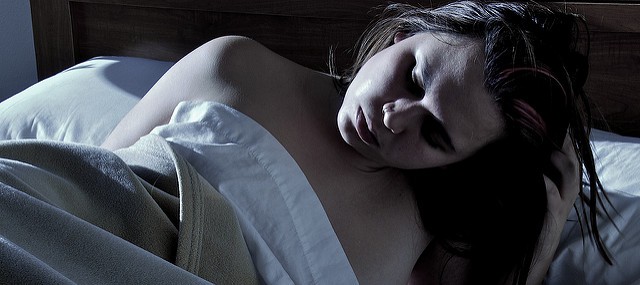by self-help expert Dr Pam Spurr.
Do you feel quite ‘blue’ during the autumn and winter? Or experience other things like:
- wanting to curl up and hibernate
- craving comfort foods
- craving sweets
- feeling less energetic
- finding it hard to sleep
- or want to nap all day?
- you might crave cuddles or feel withdrawn from others
- feeling a bit anxious even though you’re not under any more pressure than usual
…plus a number of other possible symptoms.
You might have seasonal affective disorder (SAD). This strikes nearly over 2 million people in the UK during the autumn and/or winter. Some people, like me, experience it only during the autumn. Others during the winter and some for the whole stretch!
It’s surprising when you’re normally an upbeat person – as I am – when you’re hit by this feeling of being a bit miserable. So many younger SAD sufferers don’t realise what it is.
You definitely shouldn’t suffer in silence. You should talk to loved ones and also your GP to rule out anything else that might cause such symptoms. Especially as SAD varies in its severity, you really need to check it out.
What causes SAD?
At the heart of SAD is the fact that sufferers are much more sensitive to the loss of natural sunshine in the autumn and winter months. Their brain chemistry finds it harder to adjust.
Their brain is craving that sunshine from the summer. So those who have this sensitivity to a lack of sunshine, end up with a variety of symptoms.
There’s much you can do!
With any level of SAD the following are helpful:
- Use daily light therapy. You can purchase a ‘light box’ online or at a high-street chemist. These mimic natural sunlight. First check with your GP if your health authority provides them or rents them out. Follow the instructions. I turn mine on first thing when getting ready for work.
- Devise a good sleep regime. Use a night-time herbal tea. Switch off technology at least 90 minutes before bedtime and resist napping during the day. Try a sunrise-mimicking alarm clock that gradually wakes you up.
- Watch what you eat and resist cravings. Keep nourished with plenty of fresh fruit and vegetables.
- Eat regular meals including mood-boosting foods like turkey and oily fish. Begin your day with mood-boosting porridge.
- Take regular exercise, preferably something that lifts your mood like a dance or gym class. Or get out for a daily walk especially when the sun comes out for some natural sunlight.
- Avoid extra stress. Know your limits and learn how to say No to excess responsibilities.
- Most important of all don’t isolate yourself. Let loved ones know when your SAD sets in and that you’re putting in place an anti-SAD regime. Welcome any support and encouragement they can give you.
For serious cases of SAD your GP might prescribe antidepressants as well as cognitive behavioural therapy.
For more advice please visit:
- The Seasonal Affective Disorder Association – www.sada.org.uk
About the author: Dr Pam Spurr is an award-winning radio presenter, agony aunt, relationship, sex and behaviour expert, and life coach. Dr Pam is the author of 14 self-help books on topics including sex, dating, happiness, emotional eating and dream interpretation. She has appeared as a contributor on TV programmes including This Morning, Loose Women, LK Today, Daybreak, GMB, The Wright Stuff, BBC Breakfast, and for ten years running as a resident behaviour expert on Big Brother’s Little Brother and Big Brother’s Bit on the Side. Pam has a doctorate in psychology from a London teaching hospital and is a chartered research, academic and teaching psychologist. Her doctoral and postdoctoral research looked at parenting/family issues.
You can follow Dr Pam @drpamspurr or visit her website at www.drpam.co.uk.
image: Dirty hair by Lucia Sanchez under Creative Commons license




